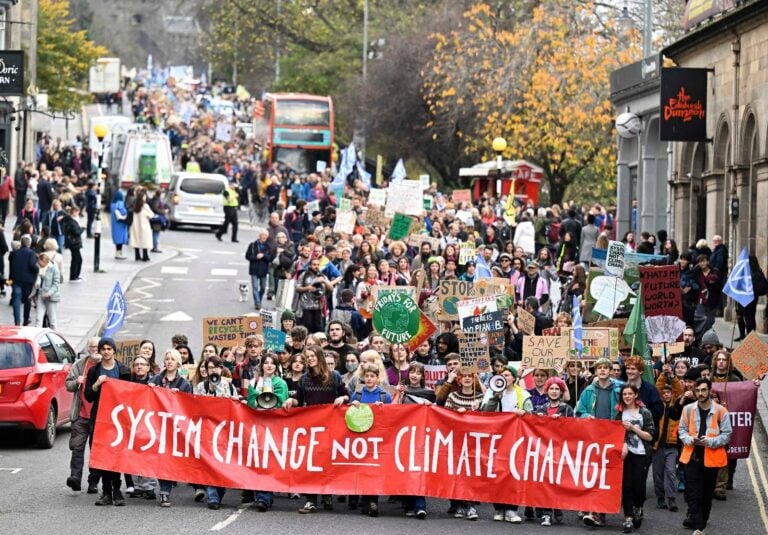
Big words, little action
The EU has finally reached agreement on the Anti Tax Avoidance Directive(opens in new window) . Several (opens in new window) NGOs(opens in new window) have criticized the Directive(opens in new window) , arguing it will not do much to combat tax avoidance in practice. They say(opens in new window) little remains of the package after member states have done their best to reduce the impact of the measures to protect their national interests.
To recap, the European Commission published a proposal for an Anti Tax Avoidance Directive in January to implement several measures agreed on as part of the OECD’s Base Erosion and Profit Shifting (BEPS) project (read more on this in last edition’s article on tax). The OECD was tasked by the G20 to develop an action plan to combat tax evasion and avoidance, which it finalised in late 2015. The launch of the Directive comes on the back of the release of the Panama Papers, which should have injected a healthy dose of urgency into the proceedings.
So what was in the package? The end result(opens in new window) consisted of five key policy measures:
- Controlled foreign company (CFC) rules: these aim to discourage profit shifting to low/no tax countries
- Exit taxation: to prevent companies from avoiding tax when re-locating assets
- Interest limitation: to discourage artificial debt arrangements designed to minimise taxes
- Hybrid mismatches: to prevent companies from exploiting national mismatches to avoid taxation
- General anti-abuse rule: to counteract aggressive tax planning when other rules don’t apply.
These measures were severely weakened as a result of negotiations between member states in the European Council. You can have a look at the end result here(opens in new window) . One of the key measures weakened(opens in new window) by the member states is the proposal to implement Controlled Foreign Company (CFC) rules. CFC rules prevent companies from shifting their profits into tax havens. Oxfam explains(opens in new window) : “If the income of a company’s subsidiary abroad is taxed at a low effective rate or not taxed at all, then CFC rules apply and the tax authority of the company’s home country taxes the income of the foreign subsidiary.” However, this does not apply when the subsidiary has “legitimate” economic activities, which can be proven by the presence of staff, equipment and office space. These requirements can be easily met or even manipulated so that companies are still able to shift their profit to tax havens, for instance by merely employing one person(opens in new window) . Another crucial measure that was actually dropped entirely is the switchover clause. This means that the Dutch participation exemption(opens in new window) (ab)used by many companies to avoid paying taxes can still be used. The hybrid mismatches rule, while potentially a game-breaker, will only apply to mismatches within the EU(opens in new window) , i.e. between member states. Mismatches between EU countries and non-EU countries are not included, so companies can continue to take advantage of mismatches in taxation, e.g. between Germany and the Virgin Islands, to avoid paying taxes.
With the interest limitation rules(opens in new window) , companies will now only be allowed to subtract 30% of their interest payments from their profit. Shifting interest payments is used to manipulate tax rates, by using them to artificially lower profit margins in countries with high tax rates. The rule will not apply to debts from before 2016. For member states which already have rules similar to the EC’s interest limitation rules the Commission’s proposal will only be effective until 2024, or until the OECD recommends a minimum standard of interest limitation rules.
Do you need more information?
-

Myriam Vander Stichele
Senior Researcher
Related news
-
Why share buybacks are bad for the planet and peoplePosted in category:Opinion
 Myriam Vander StichelePublished on:
Myriam Vander StichelePublished on: Myriam Vander Stichele
Myriam Vander Stichele -
 The Netherlands: European champion share buybackPosted in category:Long read
The Netherlands: European champion share buybackPosted in category:Long read Rodrigo FernandezPublished on:
Rodrigo FernandezPublished on: -
 The trillion-dollar threat of climate change profiteersPosted in category:Long read
The trillion-dollar threat of climate change profiteersPosted in category:Long read Myriam Vander StichelePublished on:
Myriam Vander StichelePublished on:

